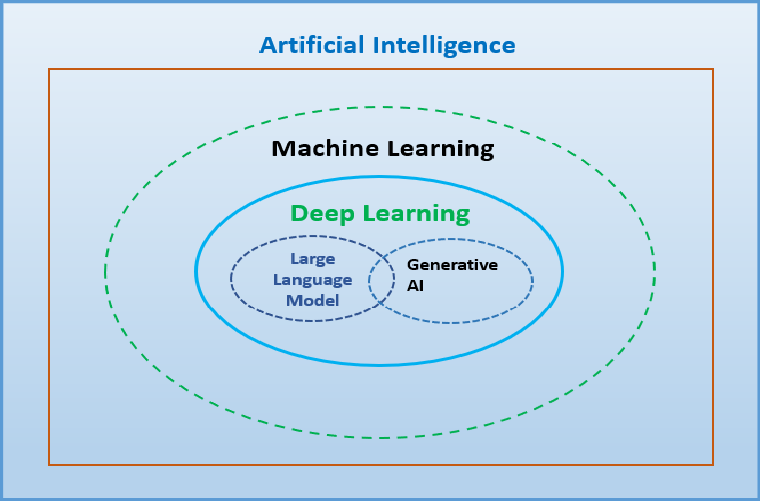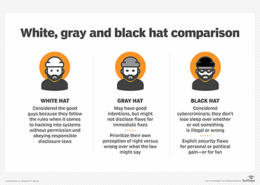In India, both BTech (Bachelor of Technology) and BE (Bachelor of Engineering) are undergraduate engineering degrees, but there are slight differences between them. BTech courses typically focus more on the practical aspects of technology and engineering, with a strong emphasis on industry applicatiRead more
In India, both BTech (Bachelor of Technology) and BE (Bachelor of Engineering) are undergraduate engineering degrees, but there are slight differences between them. BTech courses typically focus more on the practical aspects of technology and engineering, with a strong emphasis on industry applications and hands-on training. On the other hand, BE courses often have a broader theoretical foundation, covering a wide range of engineering principles and concepts.
The distinction between BTech and BE can vary between universities, but generally, BTech programs are seen as more specialized and geared towards specific branches of engineering like computer science, electronics, mechanical engineering, etc. BE programs, while also offering specialization options, may have a more generalized curriculum that includes a wider range of engineering disciplines.
Ultimately, both degrees are recognized and valued in India’s engineering sector, and the choice between BTech and BE often depends on personal career goals and the specific curriculum offered by each institution. It’s important for students to research and choose a program that aligns with their interests and future aspirations in the field of engineering.
See less


Java's garbage collection process automatically manages memory for objects in the heap. Here's a simplified breakdown: Identifying Unused Objects: The garbage collector scans the heap to find unreachable objects. These are objects with no references pointing to them from your program. Marking ReachaRead more
Java’s garbage collection process automatically manages memory for objects in the heap. Here’s a simplified breakdown:
Identifying Unused Objects: The garbage collector scans the heap to find unreachable objects. These are objects with no references pointing to them from your program.
Marking Reachable Objects: It starts by identifying “root” objects (global variables, local variables holding references). Then, it traces all objects reachable from these roots. Reachable objects are considered in use.
Cleaning Up: Unreachable objects are deemed garbage and removed from memory, freeing up space in the heap.
This is a basic overview. There are different generations in the heap with varying collection frequencies, and some garbage collection cycles may involve compacting the heap to improve memory allocation efficiency.